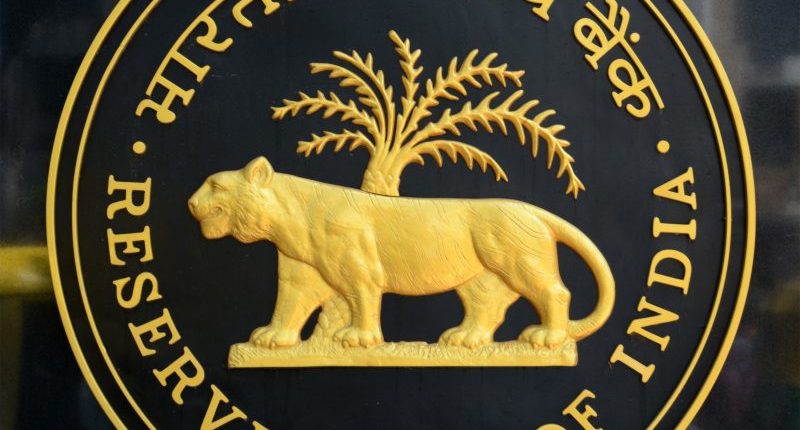The Monetary Policy Committee (MPC) meeting held on 8 October 2021 has kept the repo and reverse repo rates unchanged. The repo rate is 4%, and the reverse repo rate is 3.55%. The monetary stance remains ‘accommodative’ to support growth and keep inflation within target. The MPC has maintained the same rates for the eighth time.
The decision is a unanimous decision to strengthen the economic recovery. The accommodative stance or easy monetary policy will help boost the economy by increasing the overall money supply in the economy. The increase in the money supply helps in increasing the national income and demand for money.
Further, the Marginal Standing Facility (MSF) also remains at 4.25%. The July to September Consumer Price Index (CPI) inflation was lower than they expected, according to the RBI Governor Shaktikanta Das. He also mentioned that economic activity had gained momentum. The country is in a better position than at the last MPC meeting. CPI inflation is at 5.3% for this fiscal as opposed to the expected 5.7%.
The real Gross Domestic Product (GDP) for the first quarter of FY 22-23 is projected to be 17.2%, the second quarter at 7.9%, the third quarter at 6.8%, and the fourth quarter at 6.1%. The GDP growth target for FY22 is at 9.5%. RBI is optimistic about the growth recovery of the economy.
There is no need for undertaking the G-sec Acquisition Programme (GSAP) operations anymore. However, the Central Bank is prepared to conduct GSAP if the need arises with instruments like operation twist. Operation twist is a monetary policy strategy to stimulate growth in the economy through lowering long-term rates.
The RBI may also complement 14-day VRRR (Variable Rate Repo Rate) auctions with 28-day VRRR auctions. The 14-day VRRR will now be fortnightly from Rs.4 trillion to Rs.6 trillion.
Among other highlights, the MPC has also proposed introducing the framework for retail digital payments in offline mode and leveraging geo-tagging technology on new and existing payment infrastructure. The RBI has also enhanced the Immediate Payment Service (IMPS) transaction limit to Rs.5 lakh.
The primary aim of the monetary policy is to maintain price stability along with growth. The committee comprises six members, with the Governor of RBI as the chairperson.
Join our Telegram channel to keep getting updates on all things finance.
For any clarifications/feedback on the topic, please contact the writer at jyotsna.singh@cleartax.in
I am a Content Writer at Clear. Apart from writing, I enjoy reading, listening to music and exploring different ideas and crafts.




